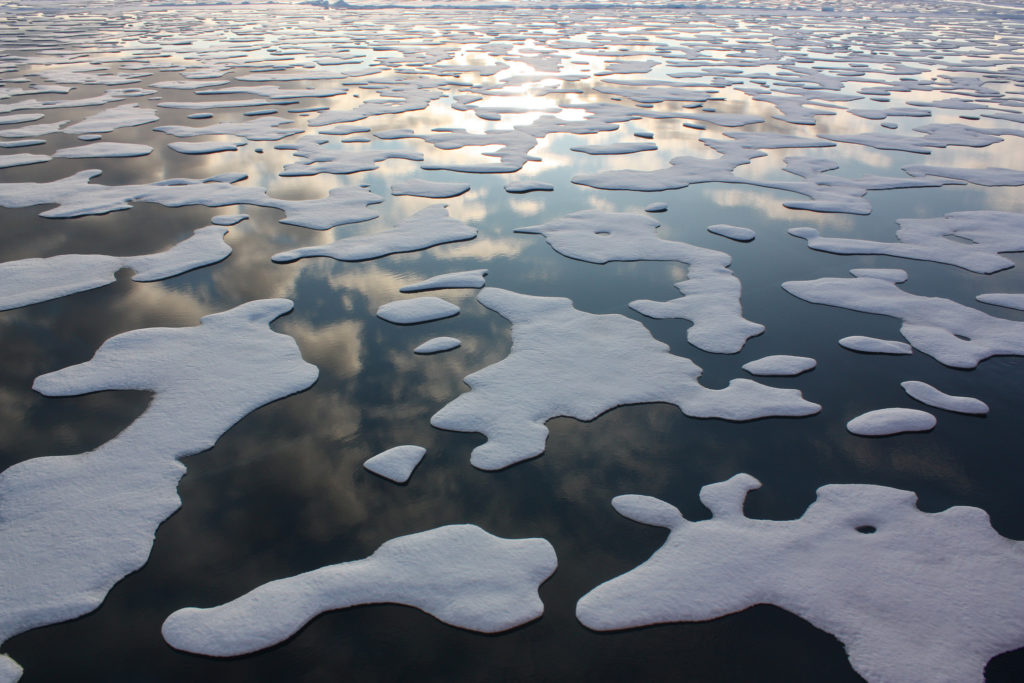Long-term patterns in Earth’s climate show glacial cycles that correspond to variations in Earth’s orbital geometry and affect the overall amount of sunlight that the planet receives. Known as “Milankovitch cycles”, these variations are observed in geologic reconstructions of temperature and isotopes to show periodic changes every 23,000, 41,000 and 100,000 years. The first two of these correspond directly to changes in Earth’s tilt (i.e. obliquity) and wobble (i.e. precession), but the longer 100,000 year variations in orbit seem too weak in magnitude to drive the strong climate signals we observe.
One solution to this problem is that the climate system itself amplifies these small changes to create more noticeable periodic signals. These amplification mechanisms could be the large thermal intertia of the oceans, the vast energy required to move giant ice sheets, or long-term cycles in greenhouse gases such as carbon dioxide and methane. Any combination of mechanisms such as these could magnify small changes in sunlight from Milankovitch cycles and create the dominant 100,000 year cycle in ice coverage seen in the geologic record.
Studying this problem has proven to be challenging because of the long time scales involved. Most contemporary climate models are focused on patterns of climate on Earth today and in the near future of a few hundred years from now, but few modelers have focused their attention on the more distant future of climate. In this paper I develop a simple climate model that uses stochastic (i.e. randomly generated) forcing to achieve a state of resonance that displays a 100,000 year cycle in ice coverage. The model is an idealization of the more complicated Earth system and provides a tool for exploring the behavior of climate over these long time scales.
Calculations with this model show that the influence of human emissions into the atmosphere can affect the presence of the ice age cycles, either by damping the magnitude of changes or by ceasing the cycles altogether. The simplified calculations here cannot predict exactly when this should occur, but this study points toward the existence of a threshold beyond which ice age cycles may cease as a result of human emissions.
The future of Earth’s climate is becoming increasingly marked by the presence of human activity. Depending on the course of events over the next few hundred years, we may find that the damping or cessation of ice age cycles is yet another indicator of the dawning of the age of the anthropocene.


